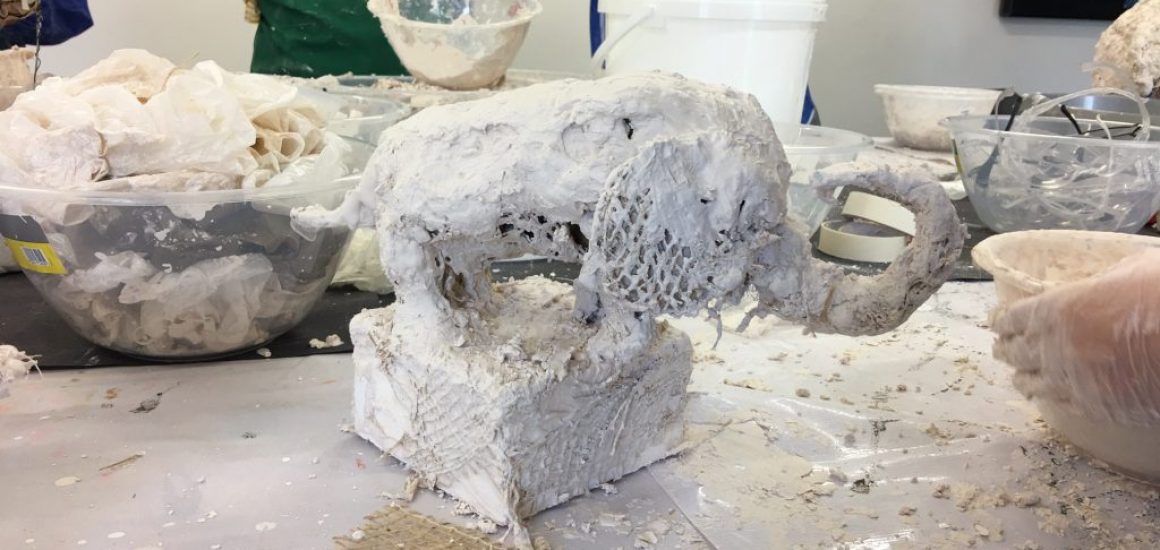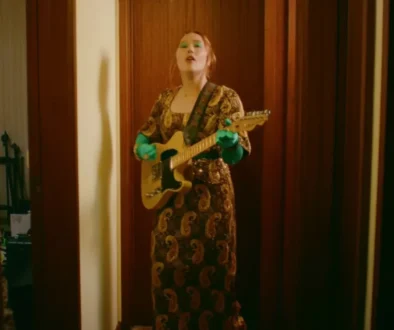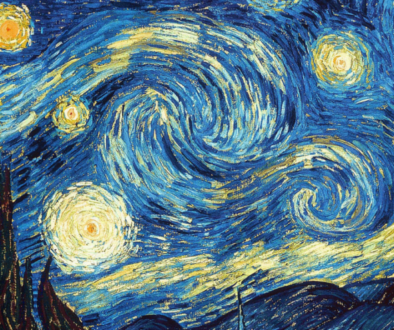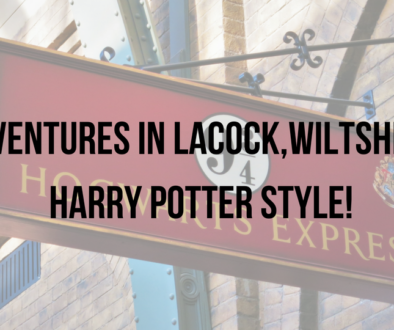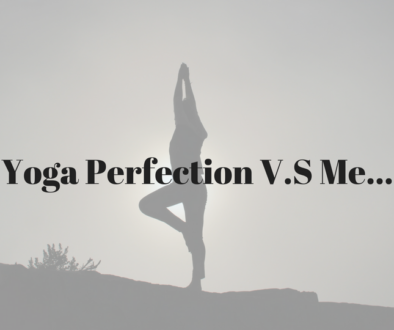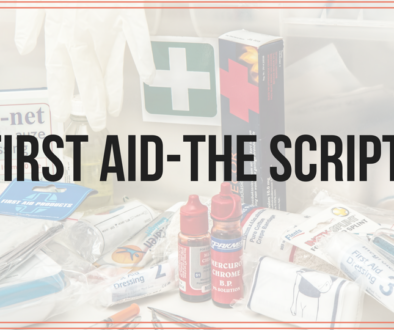Elizabeth Frink’s Plaster Workshop at Hauser and Wirth in Somerset with Dorcas Casey
On the Friday 31st of March we went to a workshop on plastering and making sculptures with Dorcas Casey at Hauser and Wirth art gallery in Somerset.
We were taken on a tour of the art gallery,we copied and did sketches of the sculptures, and learnt about Elisabeth Frink. Frink, who was a sculptor and printmaker, liked drawing and sculpting horses, dogs and wild boar but she is most well known for bird sculptures and disembodied heads made out of bronze. She is also known for her life size sculptures of aboriginal men.
[themify_col grid=”2-1 first”] [/themify_col] [themify_col grid=”2-1″]
[/themify_col] [themify_col grid=”2-1″] [/themify_col]
[/themify_col]
We then tried to make our own armature the way Elizabeth Frink would have.
 Materials used:
Materials used:
Thick silver wire
Black thin wire
Beige paper(for stuffing)
Scrim
Plaster powder
Cups of water depending on how much plaster was used
Gloves
Dust mask
Goggles
- We planned in our heads what we wanted to make and how
- Secondly we took the thick silver wire and made the skeletal shape of our sculpture by poking through the Styrofoam base, curving the wire and poking it back up.

- Then we took the thin black wire and reinforced the parts that were weak and needed stabilisation
- Then we stuffed the brown paper inside our sculptures and secured them with masking tape.

- We then put one cup of water in a bowl, slowly adding cups of plaster powder on to the surface of the water until islands of plaster formed on the surface.
- We then mixed it all up into a watery consistency.
- We then dipped the squares of scrim into the plaster and a slapped it onto our sculpture
- The watery plaster eventually becomes thicker as it dries.
- When the plaster had a yoghurt-like consistency, we were able to use it to smooth down our sculpture.
- We left our sculptures to dry and become solid
If you ever make a plaster sculpture you could also paint it in acrylic!
Can you guess what I made?
